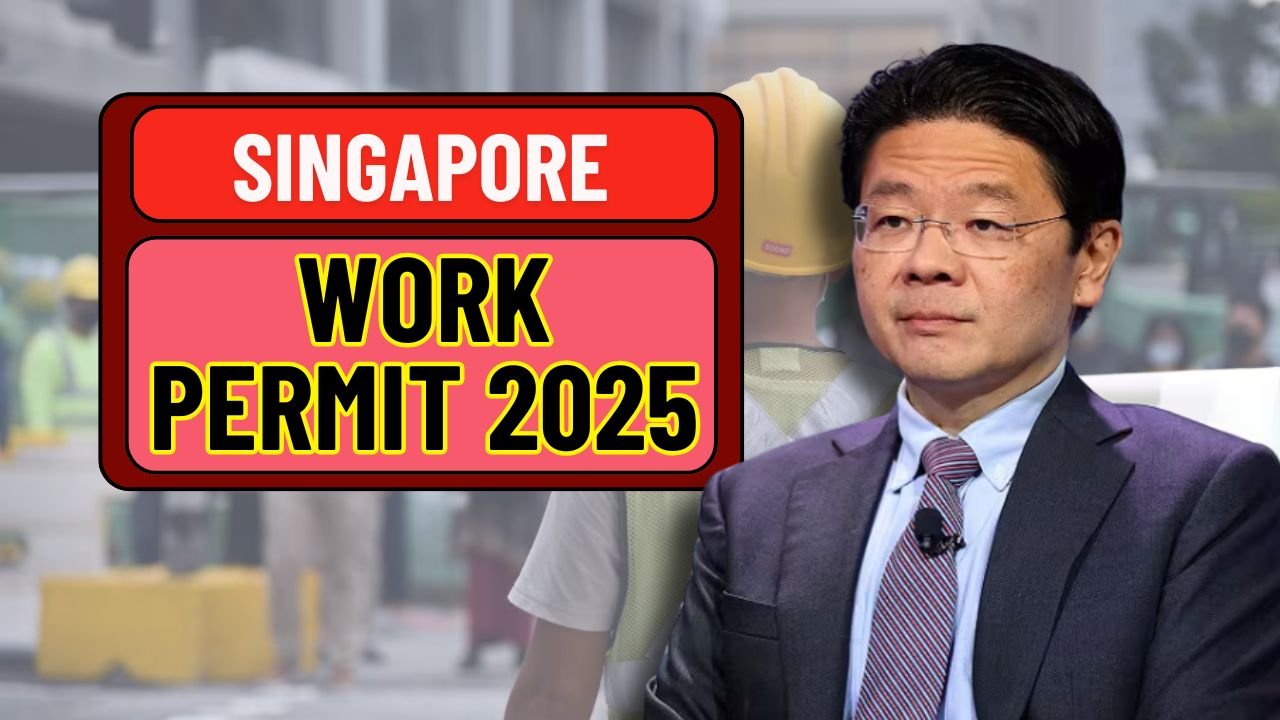Singapore introduced several important changes to its work permit regime in 2025. These changes affect age limits, tenure, sectors, employer obligations, and procedural steps. Understanding them is crucial for companies hiring foreign talent and for foreign workers aiming to remain compliant and secure in Singapore’s evolving job market.
New Rules and Reforms in 2025
In response to shifting economic needs and workforce dynamics, the Ministry of Manpower (MOM) rolled out reforms targeting foreign worker policies. These reforms aim to strike a balance between protecting local employment and enabling businesses to source necessary talent. Some of the key changes include updates to age limits, removal of certain stay caps, and stricter employer responsibilities.
Among the notable adjustments is the removal of a blanket maximum stay limit for many permit holders. Instead of rigid tenure ceilings, durations will now largely depend on age, sector, and compliance. The system has also become more digitalized, with stronger oversight and enhanced monitoring of employer practices.
Revised Age Criteria and Eligibility

Under the 2025 changes, the age rules for new and existing permit holders are redefined to provide more flexibility and clarity. Some of the essentials are as follows
- Applicants must be at least 18 years old.
- For new applications, the upper age limit is now raised to 61 years for both Malaysian and non-Malaysian applicants, effective mid-2025.
- Current holders who previously did not meet certain industry criteria may still continue working in services or related sectors up to 63 years old if they fulfill specific requirements.
- Employers must continue to observe sectoral quotas or dependency limits, so the proportion of foreign workers cannot exceed prescribed thresholds in certain industries.
These age changes allow older, experienced foreigners to contribute longer, particularly in sectors needing skilled or niche capabilities.
How Employers’ Obligations Are Tightened
Employers now face more rigorous compliance and cost responsibilities. The 2025 reforms strengthen enforcement and raise the bar for proper upkeep of permit conditions. Key employer duties include:
- Paying levies or quota fees monthly, or prorating them for partial months.
- Booking and covering Onboarding Programme slots, sometimes in advance.
- Submitting security bonds or deposits for certain non-Malaysian hires.
- Ensuring medical examinations, health screenings, and insurance costs (covering inpatient, outpatient, surgical, primary care) are borne.
These steps guard against misuse of permits, ensure worker welfare, and reduce administrative gaps.
Application Steps and Process
To apply for a Singapore Work Permit under the 2025 rules, employers and applicants must follow a well-defined process. The key stages are:
- Check eligibility of the worker based on age, skills, prior experience
- Assess whether the quota or dependency limit for your sector allows hiring
- Submit the permit application with all supporting documents (passport, medical checks, relevant certifications)
- Pay required levies, bonds, and programme fees
- Upon approval, bring the worker in under the Onboarding Programme if applicable
- Comply with ongoing obligations: renewals, health checks, compliance audits
Many parts of this process are now digital or semi-automated under MOM’s new systems, reducing manual delays.
Permit Duration and Renewal Structure
The reform did away with a rigid maximum stay for many permit types, instead adopting a more flexible system. Permit durations will depend on:
- The age of the permit holder
- Whether they are in a controlled sector with quotas
- Their compliance history
Below is a table summarizing some of the revised duration norms:
| Category | Previous Max Stay | New Approach in 2025 | Notes |
|---|---|---|---|
| General work permit (non-quota sectors) | Fixed cap | Stay based on age & eligibility | No blanket maximum |
| Quota-controlled sectors | Varies by sector | Remains regulated by quotas | Sector rules still apply |
| Older workers (existing holders) | Limited extension | May work up to 63 with criteria | Applicable to those meeting standards |
With this approach, workers who maintain good standing and meet performance or compliance criteria can continue employment longer than before.
Why These Changes Matter
The 2025 reform shows Singapore’s intention to modernize its foreign workforce policy. By relaxing rigid tenure limits and extending age thresholds, the government acknowledges that life expectancy, work patterns, and skill demands have evolved.
At the same time, the stricter employer obligations and stronger monitoring ensure that foreign labor remains fair and sustainable. Local workers are protected from being displaced while allowing businesses to access talent when truly needed.
Navigating the Transition Successfully
For businesses and applicants adjusting to the new rules, it helps to:
- Stay updated on sectoral quota changes and dependency limits
- Ensure full compliance with health, insurance, and bond obligations
- Use digital platforms offered by MOM for faster processing
- Plan workforce growth knowing that extended employment is possible for experienced workers
With these changes, Singapore is positioning itself to remain competitive internationally while safeguarding opportunities for its citizens. Understanding the 2025 work permit reforms is key to thriving in this new regulatory landscape.

